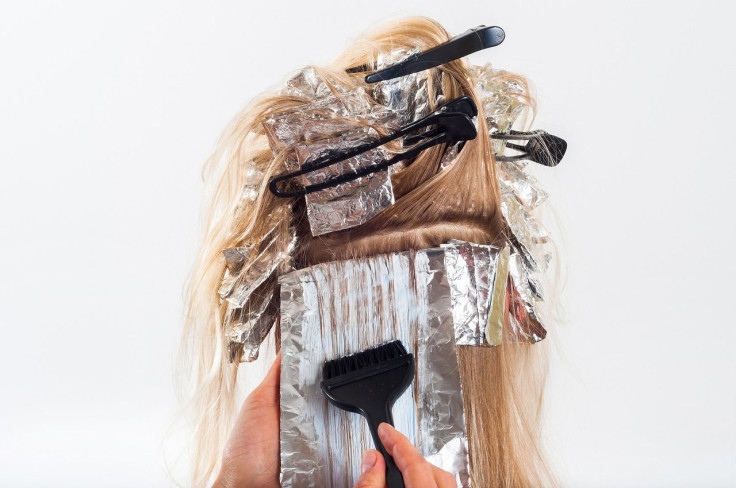2 Cancer Hair Dye Studies, 2 (Sort of) Differing Opinions

Still deciding whether to follow the go-gray trend, and be au naturel?
We’re not sure if the following will ease your ambivalence to go gray.
Last year, the National Institute of Environmental Health Sciences reported results of the Sister Study, which involved 46,709 women. After reviewing the data, the researchers found that women who reported using permanent hair dye and chemical hair straighteners were at higher risk of developing breast cancer than those who didn’t. Women who regularly used permanent hair dye in the year prior to enrolling in the study were 9% more likely develop breast cancer than women who didn't use hair dye to. For African American women, using permanent dyes every 5 to 8 weeks or more bumped that risk to 60%, and for white women, 8%.
If the women reported using semi-permanent or temporary coloring, the researchers said they found little to no increase in breast cancer risk.
But in a report published in early September, researchers from Brigham and Women’s Hospital and Harvard Medical School in Boston looked at data involving 117,200 women who participated in the Nurses' Health Study. “[Long-time] users did not have an increased risk of most specific cancers [including] … estrogen receptor positive breast cancer, progesterone receptor positive breast cancer, hormone receptor positive breast cancer …"
What these researchers found was an increased risk, albeit slightly, for basal cell carcinoma among long-time users, and this was only for women with naturally light hair; their overall risk for breast cancer was higher as well.
But as doses got higher, risk of estrogen receptor negative breast cancer, progesterone receptor negative breast cancer, hormone receptor negative breast cancer, and ovarian cancer also rose. These so-called triple negative breast cancers are found more in African-American women than their white counterparts.
And then there were the differences between those with naturally dark, and naturally light, hair.
With the former, those who used permanent hair dyes had an elevated risk of Hodgkin lymphoma but a lower risk of lung cancer as compared to those who didn’t color their hair. The researchers didn’t find these links in women with naturally light hair. However, as previously stated, for these women, the researchers noted elevated or the possibility of elevated risk of basal cell carcinoma and overall breast cancer.
"Researchers have been studying the possible link between hair dye and cancer for a long time, but results have been inconsistent," said corresponding author Alexandra White, Ph.D., head of the NIEHS Environment and Cancer Epidemiology Group. "In our study, we see a higher breast cancer risk associated with hair dye use, and the effect is stronger in African American women, particularly those who are frequent users."
Published by Medicaldaily.com



























